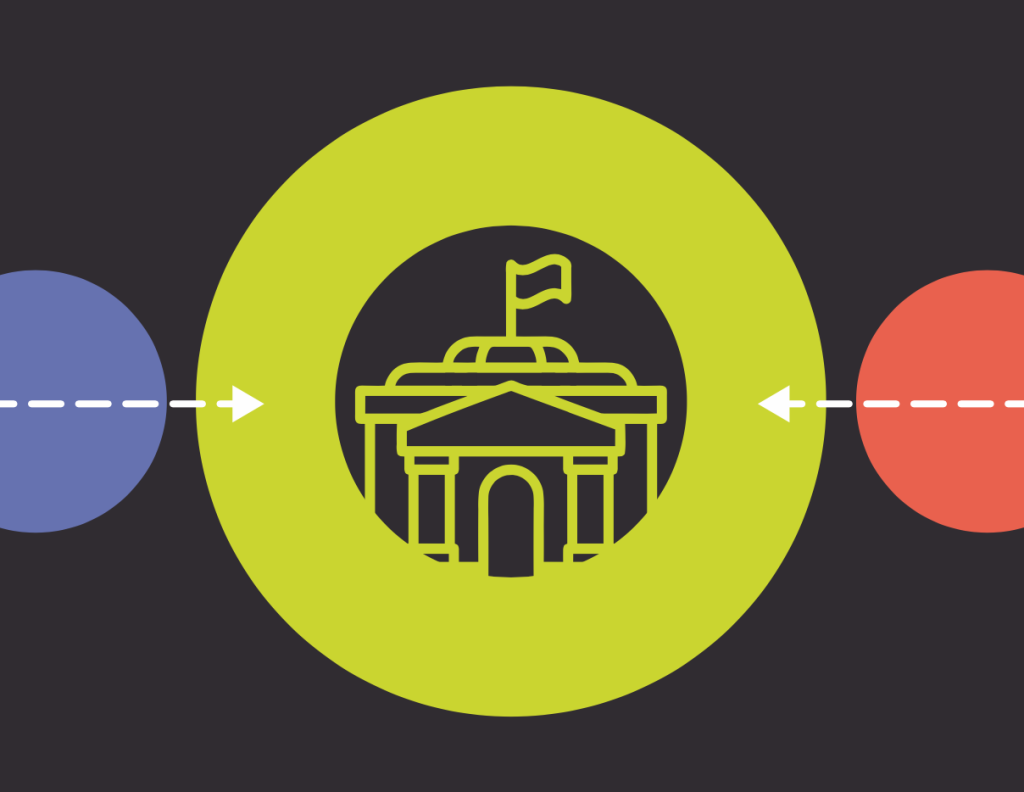How cities can become procurement champions: A guide inspired by Mariupol, Ukraine

From upgrading a local playground and exercise park with outdoor CrossFit equipment to school lunches or public infrastructure: how your city or municipality spends on public services has an immediate impact on your quality of life. In Mariupol, a bustling town in southeastern Ukraine, savings from more transparent and efficient procurement were re-invested into expanding the local public transport, adding 20 buses and 15 trams to the fleet.
This new guide illustrates how municipal procurement can be goal-driven and inclusive, combining transparency with efficiency and engaging all stakeholders throughout the process – citizens, businesses, and local government agencies. While Ukraine offers a unique procurement case study at the national level, the reforms have provided fertile ground for local impact as well, as the experience of Mariupol shows.
Mariupol is a city of nearly 500,000 inhabitants near the conflict zone at the shores of the Sea of Azov. It has revolutionized its public procurement in just five years and made it fully transparent. The city increased the share of competitive purchases from 14% to 74%, resulting in savings of US$40 million. It’s also gotten much better at buying the right things. The number of unsuccessful purchases decreased by more than 67%. In total, more than 11,000 firms have participated in a procurement process, 96% of which are SMEs.
The guide follows the city’s reform process from developing a roadmap to implementation in 6 steps. Integrating participatory budgeting into public procurement, framework contracts, and identifying better ways to ensure businesses get paid on time are just some of the best practices in our new guide for city procurement.

Focusing on the key challenges provides insights and actionable recommendations for other municipal procurement reformers for the following stages.
- Identifying challenges and setting strategic procurement reform priorities: An excellent way to start developing your roadmap is by collecting feedback from stakeholders, such as businesses, agencies, civil society organizations, and controlling authorities, and analyzing the data you have on the procurement cycle. The guide lists the key issues to address.
- Establishing a focal point to provide coordination, support, and knowledge: Think carefully about who will lead and coordinate your transformation and empower them. Redesign procurement business processes to make them efficient and straightforward, develop standard regulations and contract templates that will simplify buyers’ work, and train your procurement staff.
- Creating procurement oversight throughout the contracting cycle: Empower the procurement monitoring and oversight unit with digital analytical tools, capable staff, and legal powers to enforce findings.
- Increasing business confidence: Confidence and interest in public procurement is often low, often due to perceptions that legacy actors control the system. Simplifying access to tender opportunities, communicating regularly and openly, ensuring public feedback mechanisms, and creating conditions for SMEs’ participation.
Engaging with business through market consultations
Conducting market consultations has become more widespread in Ukraine. The first market consultations were organized by the largest, most advanced, and most experienced contracting authorities. Mariupol was one of the first local governments to embrace the practice, holding five consultations in the first six months of 2021.
- Engaging citizens and civil society organizations: Engaging citizens and civil society in procurement through monitoring allows the city to identify problems and prevent violations in the implementation. Based on open and timely access to information, cities can communicate directly with citizens in close collaboration with civil society partners.
- Evaluating procurement reform and results: You can’t manage what you don’t measure. A Monitoring, evaluation, and learning (MEL) plan will help you track the progress of the reform against key outcomes, such as articulating goals, legal reforms, data publication, data use, or citizen participation.
And to make the guide even more helpful, we’ve added a model municipal public procurement roadmap as well as recommendations for what section and indicators to include in your next public annual municipal procurement report.
Photo: City of Mariupol